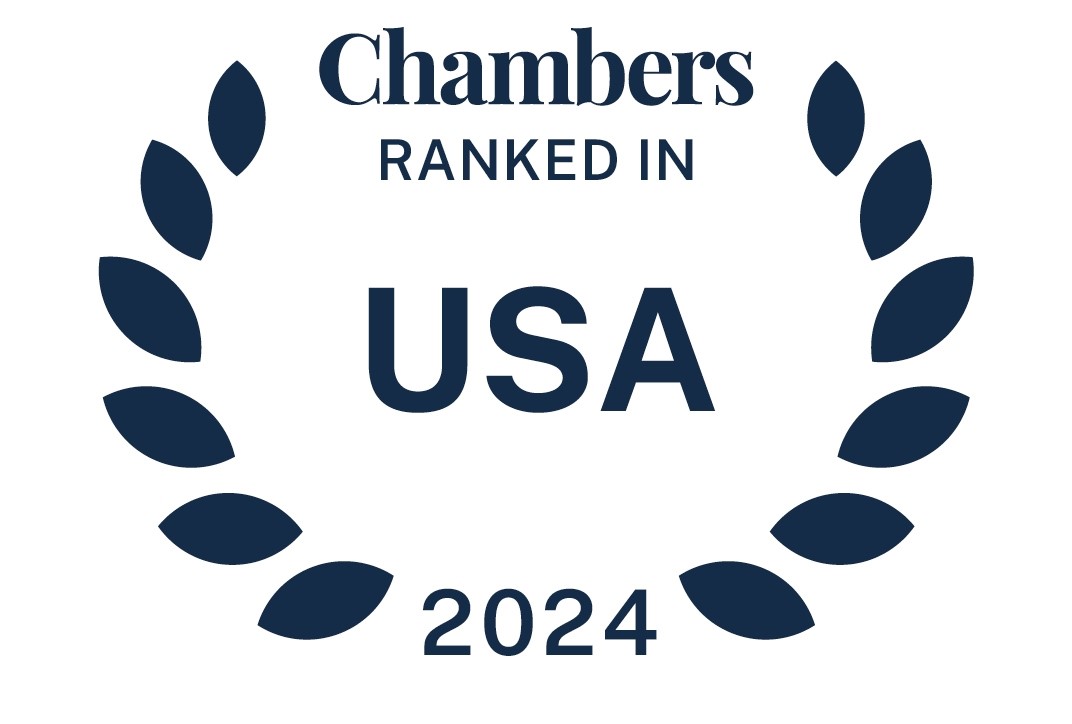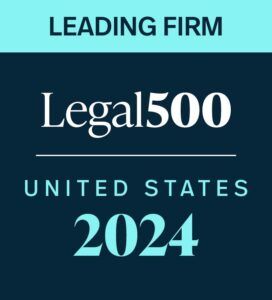Governments and employers throughout the world are paying more attention to environmental, social and corporate governance (ESG) issues. That’s according to the International Bar Association Global Employment Institute’s (IBA GEI) Eleventh Annual Global Report.
The report is based on data from lawyers in 55 countries and covers a range of topics, including artificial intelligence, mental health, cybersecurity, immigration and compensation. McDermott Partner and IBA GEI co-chair Todd A. Solomon served as an editor, and McDermott Partner Abigail M. Kagan contributed to the report.
read more


 Subscribe
Subscribe




